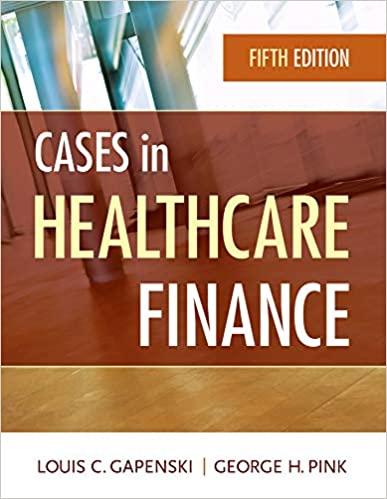Answered step by step
Verified Expert Solution
Question
1 Approved Answer
Stock x has a 1 0 . 0 % expected return, a beta coefficient of 0 . 9 , and a 3 0 % standard
Stock has a expected return, a beta coefficient of and a standard deviation of expected returns. Stock Y has a expected return, a beta coefficient of and a standard deviation. The riskfree rate is and the market risk premium is
a Calculate each stock's coefficient of variation. Round your answers to two decimal places, Do not round intermediate calculations.
b Which stock is riskier for a diversified investor?
I. For diversified investors the relevant risk is measured by standard deviation of expected returns. Therefore, the stock with the lower standard deviation of expected returns is more risky. Stock has the lower standard deviation so it is more risky than Stock X
II For diversified investors the relevant risk is measured by beta. Therefore, the stock with the higher beta is less risky, Stock has the higher beta so it is less risky than Stock X
III. For diversified investors the relevant risk is measured by beta. Therefore, the stock with the higher beta is more risky. Stock has the higher beta so it is more risky than Stock X
IV For diversified investors the relevant risk is measured by standard deviation of expected returns. Therefore, the stock with the higher standard deviation of expected returns is more risky. Stock has the higher standard deviation so it is more risky than Stock
V For diversified investors the relevant risk is measured by beta. Therefore, the stock with the lower beta is more risky. Stock has the lower beta so it is more risky than Stock
c Calculate each stock's required rate of return. Round your answers to two decimal places.
d On the basis of the two stocks' expected and required returns, which stock would be more attractive to a diversified investor?
e Calculate the required return of a portfolio that has $ invested in Stock and $ invested in Stock Do not round intermediate calculations. Round your answer to two decimal places.

Step by Step Solution
There are 3 Steps involved in it
Step: 1

Get Instant Access to Expert-Tailored Solutions
See step-by-step solutions with expert insights and AI powered tools for academic success
Step: 2

Step: 3

Ace Your Homework with AI
Get the answers you need in no time with our AI-driven, step-by-step assistance
Get Started


